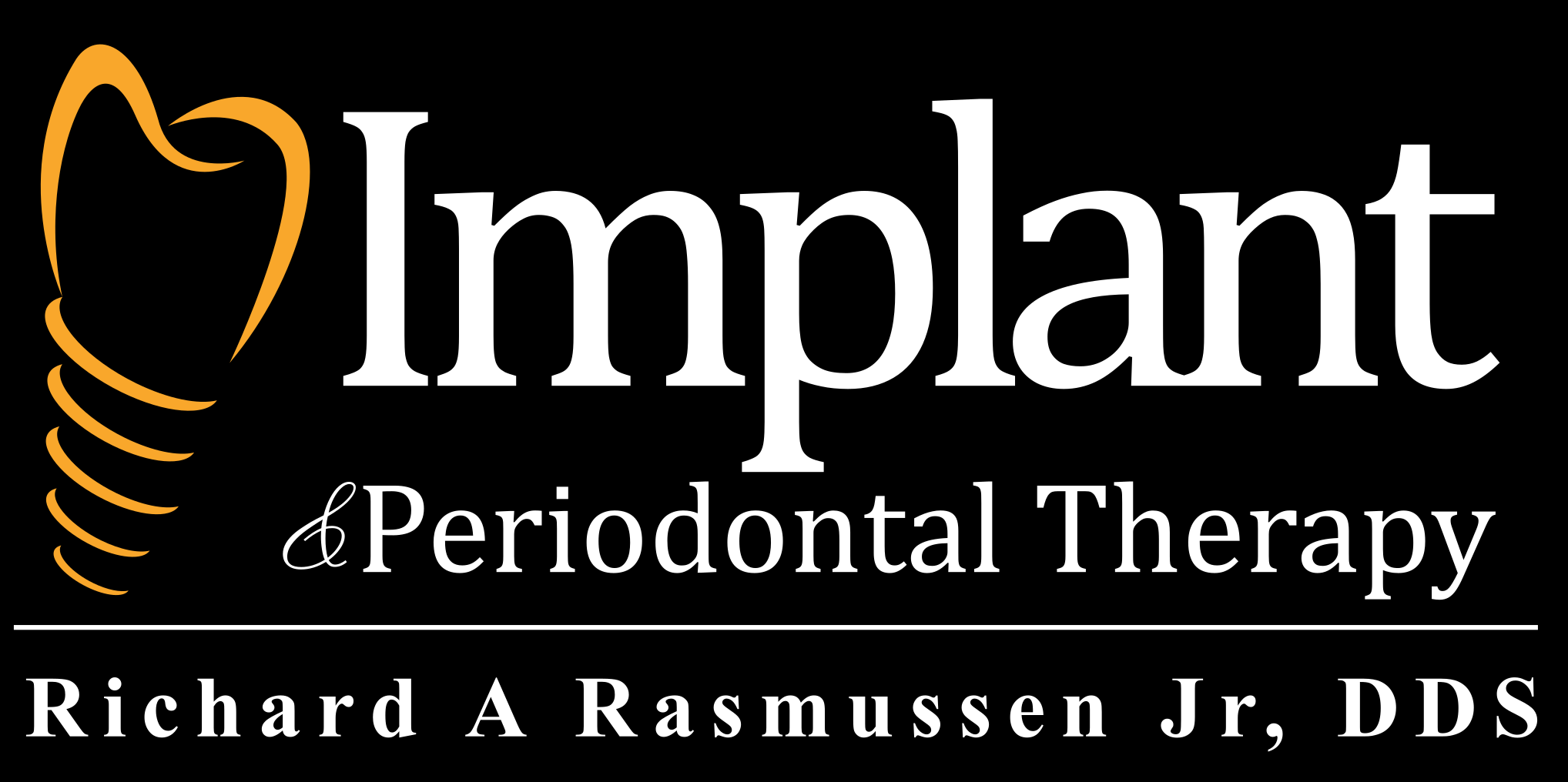Gum Recession Treatment
Gingival recession, or "long tooth syndrome" can be the result of many different processes. It occurs when the gum pulls away from the tooth, resulting in root exposure. Recession can occur in individuals of all ages and can be a result of the following:
Teeth that are crooked and not inline with the gum tissue correctly.
The presence of periodontal disease
Plaque build-up
Orthodontic treatment (normally occurs on the lower teeth).
Using a hard toothbrush in the past and overly aggressive oral hygiene practices.
Trauma related injuries to the gum
Smoking and the use of any tobacco related products
Genetics and family history
Why is it important to treat recession?
Aside from being an esthetic issue that can affect your smile, recession ultimately means that the bone on that tooth has also receded. Together with both gum and bone loss, support for the tooth will greatly diminish and leave the patient at risk for tooth loss. Treating recession helps to guard against future recession and ultimately further bone loss. In addition to bone loss, recession can also lead to:
Unattractive smile
Root sensitivity
Loss of supporting bone
Tooth decay
Risk of future recession
What are my options to treat recession?
There are several ways to prevent recession from progressing, as well as to reverse the process and correct recession that has occurred. Treatment for recession is tailored to each patient's case for the most optimal results, with consideration for the extent of recession, patient's oral anatomy and their lifestyle.
Traditional Methods
The traditional methods such as a free gingival graft will involve harvesting autogenous tissue (the patient's own tissue) from the roof of the mouth and transplanting that in the treatment areas. This method provides excellent functional support for patients with thin gums and are in need of "thickening" the gum tissue around the affected teeth.
For patients who have recession in the esthetic zone, autogenous tissue can also be used. This treatment is normally referenced as a connective tissue graft. It will involve harvesting the tissue underneath the roof of the mouth and transplanting it underneath the gum tissue in the area of recession. This method of correction often results in an excellent esthetic result.
Modern Techniques
At Implant & Periodontal Therapy, we have the most up to date techniques for soft tissue grafting procedures. Some of these techniques and adjuncts include:
Pinhole Technique
Tunneling Technique
Platelet Rich Plasma
We are also pleased to offer then newest technique to correct gum recession today, the Pinhole Surgical Technique. Many patients have heard of this by other common names such as: "Gum Rejuvenation" or "Lunchtime Gum Lift". The primary advantages for this procedure is that it is minimally invasive, avoids tissue from the roof of the mouth, and even doesn't require sutures. What this results in is minimal discomfort for the patient, and a better patient experience.
Another approach to correction of gum recession is a microsurgical technique, utilizing the most recent advances in medicine and dentistry. This technique, known as "tunneling" is performed using high-powered magnification, extra fine sutures which are nearly invisible and high concentrations of your own growth factors to achieve amazing results without the need to harvest your tissue from the roof of the mouth. It is designed to reduce patient discomfort by not using tissue transplanted from the roof of your mouth but instead with a donor tissue called Alloderm. We were the first periodontist practice in Tampa to be trained in the "tunneling" procedure and are one of the top practices to place Alloderm today.
Additionally, we can use Platelet Rich Plasma to help with the procedure. The end result is that you heal quicker and have less discomfort during the healing phase. Platelet Rich Plasma uses growth factors from your own blood to help your body speed up the healing process after the procedure.
It is important to know that there are many good treatment options available, and that the correct one is different depending on the situation. Whatever is the right option for you, feel confident knowing that the doctors at Implant & Periodontal Therapy have extensive training and expertise with all types of gum procedures, and will take the time to thoroughly go through the benefits of the option that is best for you.



